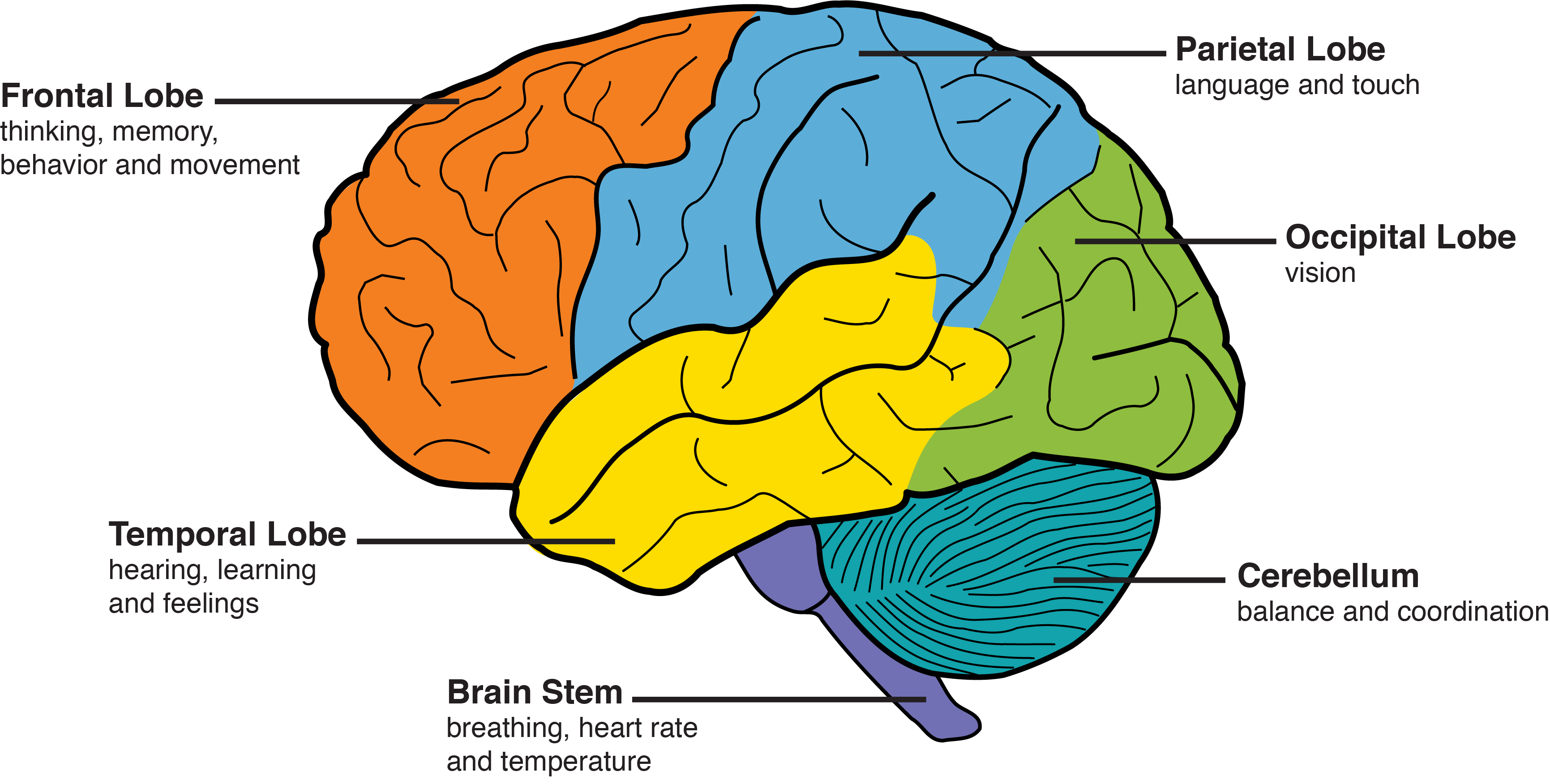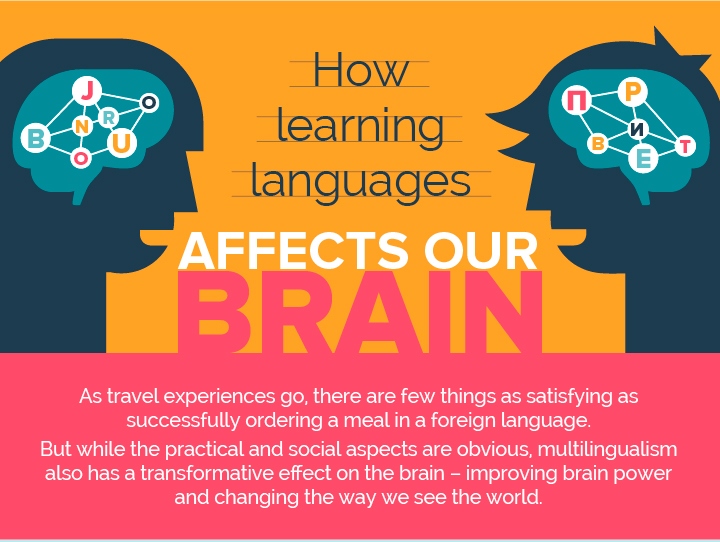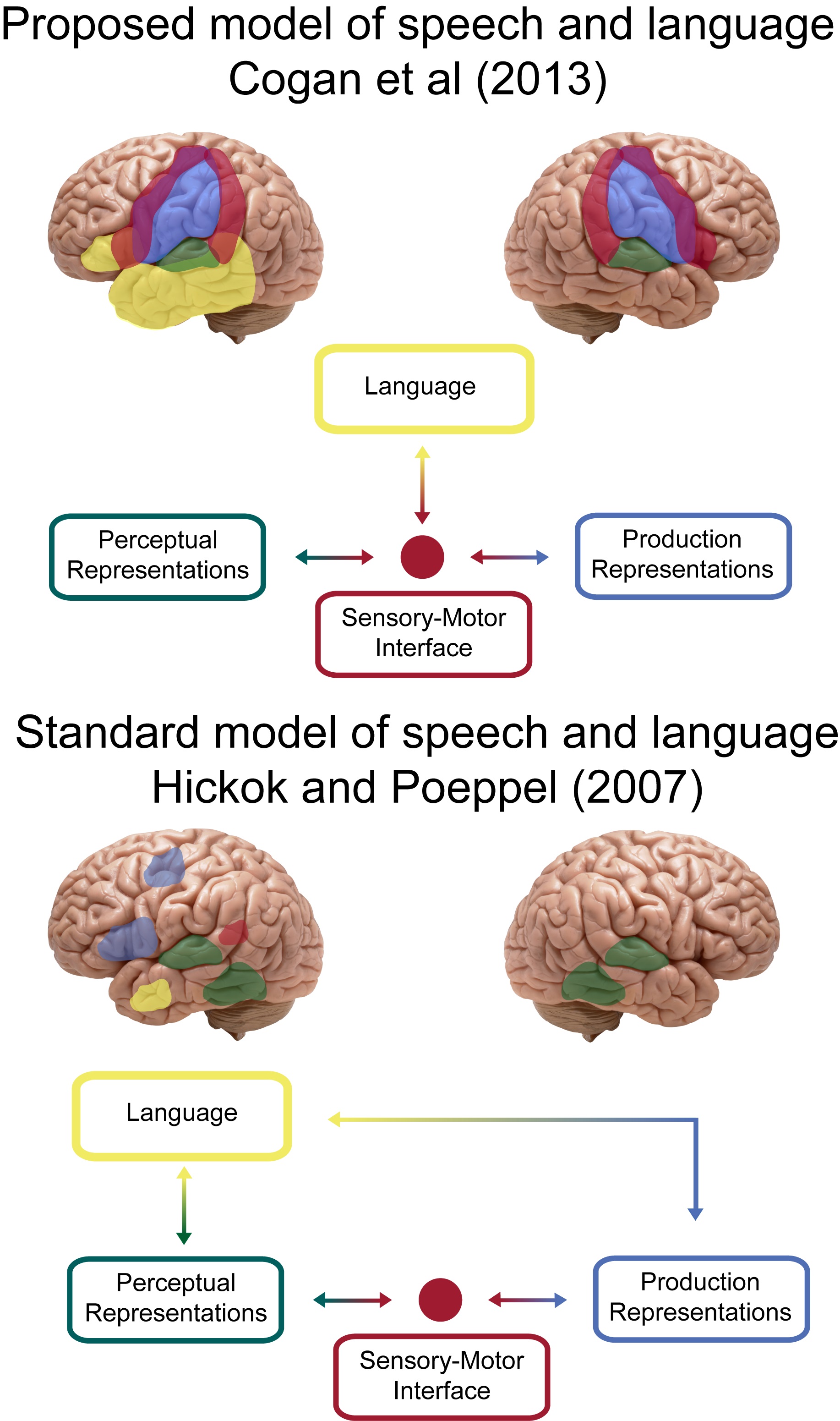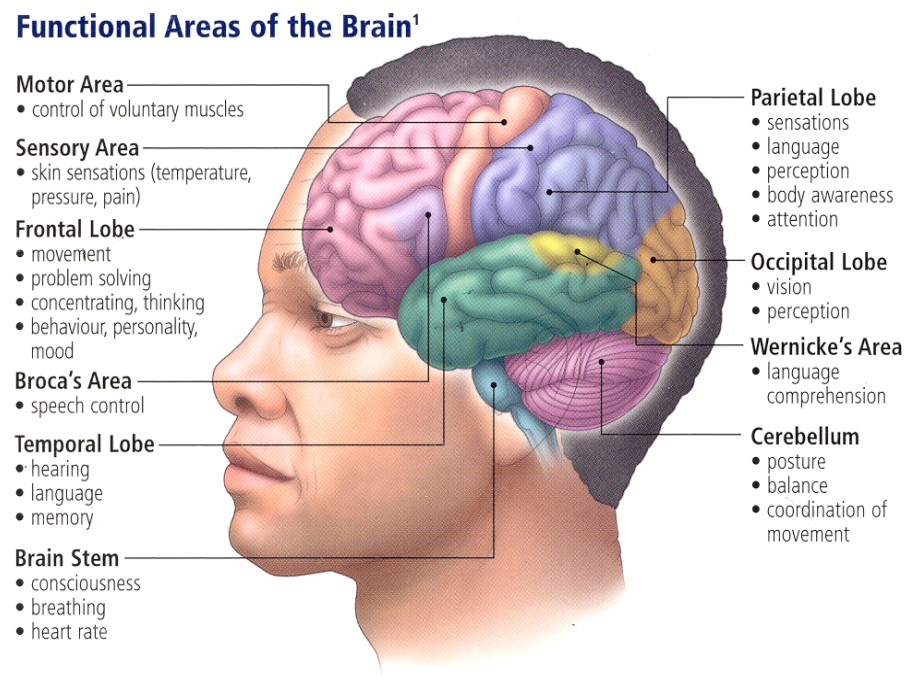Understanding Dyslexia Cognitive Development Learning Centre

Parts Of The Brain And What They Do
As reading skills improve with intensive instruction, brain activity increases in key areas in the left side of the brain. Intensive reading instruction also leads to changes in the right side of the brain. The changes in the right side of the brain may help make up for weaknesses on the left. We need more research to figure out if all of these.
:max_bytes(150000):strip_icc()/human-brain-regions--illustration-713784787-5973a8a8d963ac00103468ba.jpg)
Brain Anatomy, Pictures, Functions, and Conditions
In the latest issue of the journal Brain, Johns Hopkins University neuroscientists link basic spelling difficulties for the first time with damage to seemingly unrelated regions of the brain, shedding new light on the mechanics of language and memory. Top: a composite image showing the brain lesions of people with spelling difficulty after.

Spelling versus control conditions. Brain regions activated by the
Language processing is a trait of human species. The knowledge about its neurobiological basis has been increased considerably over the past decades. Different brain regions in the left and right hemisphere have been identified to support particular language functions. Networks involving the temporal cortex and the inferior frontal cortex with a clear left lateralization were shown to support.

Parts Of The Brain And What They Do
The three main parts of the brain are the cerebrum, cerebellum, and brainstem. 1. Cerebrum. Location: The cerebellum occupies the upper part of the cranial cavity and is the largest part of the human brain. Functions: It's responsible for higher brain functions, including thought, action, emotion, and interpretation of sensory data.

Top 150 + Parts of brain animation
This effect probably arises because of two things: first, normal readers can process letters in parallel by identifying multiple letters at a time and second, our knowledge of word meaning and.

Building the Brain for Literacy with SPELLLinks Learning By Design
The human brain is a complex organ, made up of several distinct parts, each responsible for different functions. The cerebrum, the largest part, is responsible for sensory interpretation, thought processing, and voluntary muscle activity. Beneath it is the cerebellum, which controls balance and coordination. The brainstem connects the brain to the spinal cord and oversees automatic processes.

Infographic Trauma Brain of Processing
In the brain, this automatic activation via orthography likely occurs through neural connections between the visual word form area (see Building a brain that can read, part 1: sound and sight) and regions involved in sound and meaning processing for spoken language (see Figure 2) e.g., 14,15-19.Once again, we must build a brain that can read, borrowing from and building on systems that are.

Building the Brain for Literacy with SPELLLinks Learning By Design
Abstract. We report the results of an fMRI investigation of the neural bases of written language comprehension (reading) and production (spelling). Both tasks were examined in the same individuals, allowing greater precision in establishing the relationship between the neural underpinnings of these two cognitive functions.

How Learning Languages Affects Our Brains Venngage Infographic
The connection from the primary motor cortex to muscles of the body is so important that any damage leads to an impaired ability to move. If someone suffers a stroke, for instance, that causes.

Which Part of the Brain Deals With Thinking? Human brain parts, Brain
Medically reviewed by Heidi Moawad, M.D. — By Jared C. Pistoia, ND on February 22, 2023. The left side of your brain controls voice and articulation. The Broca's area, in the frontal part of the.

This pin explains which areas of the brain that communication
New research has identified the part of the brain that makes sure our words are being properly articulated: the dorsal precentral gyrus. This knowledge could help treat speech problems and neural disorders in the future, the researchers say. The dorsal precentral gyrus is highlighted in red.

Understanding Dyslexia Cognitive Development Learning Centre
The intricate polyphony of the writing brain has been revealed in research showing how separate regions of the cortex cooperate to allow accurate spelling. A team at Johns Hopkins University.

Study Speech processing requires both sides of our brain
The cerebellum ("little brain") is a fist-sized portion of the brain located at the back of the head, below the temporal and occipital lobes and above the brainstem. Like the cerebral cortex, it has two hemispheres. The outer portion contains neurons, and the inner area communicates with the cerebral cortex.

Unit 4 The Brain Introduction to Psychology
White matter is a collection of nerve fibers in the brain—so called for the white color of myelin, the fatty substance that insulates the fibers—that help the brain learn and function. Gaab likens these tracts to a highway system that connects the back of the brain's reading network to the front. In order to read and comprehend, this.

How Language Learning Affects A Child's Brain ABC Cincy
Credit: Johns Hopkins University (R) Neuroscientists in the US have identified parts of the brain responsible for accurate spelling, and say a better understanding of what goes on in our heads when we get it wrong could lead to new treatments and techniques to more effectively teach children and those with cognitive disabilities to read and write.

Brain Hierarchy When Your Child’s Lower Brain Levels Are Weak, they
By studying stroke victims who have lost the ability to spell, researchers have pinpointed the parts of the brain that control how we write words. In the latest issue of the journal Brain, Johns Hopkins University neuroscientists link basic spelling difficulties for the first time with damage to seemingly unrelated regions of the brain.